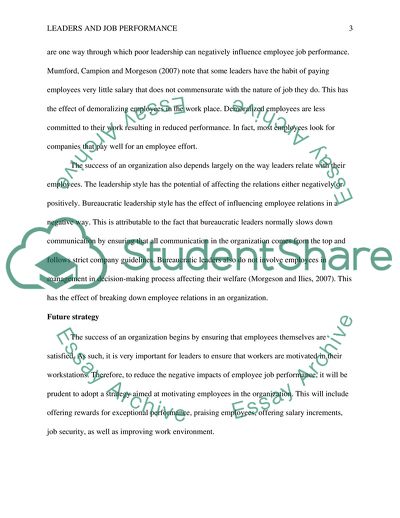Cite this document
(Leaders and Job Performance Assignment Example | Topics and Well Written Essays - 2750 words, n.d.)
Leaders and Job Performance Assignment Example | Topics and Well Written Essays - 2750 words. https://studentshare.org/human-resources/1805134-leaders-and-job-performance
Leaders and Job Performance Assignment Example | Topics and Well Written Essays - 2750 words. https://studentshare.org/human-resources/1805134-leaders-and-job-performance
(Leaders and Job Performance Assignment Example | Topics and Well Written Essays - 2750 Words)
Leaders and Job Performance Assignment Example | Topics and Well Written Essays - 2750 Words. https://studentshare.org/human-resources/1805134-leaders-and-job-performance.
Leaders and Job Performance Assignment Example | Topics and Well Written Essays - 2750 Words. https://studentshare.org/human-resources/1805134-leaders-and-job-performance.
“Leaders and Job Performance Assignment Example | Topics and Well Written Essays - 2750 Words”. https://studentshare.org/human-resources/1805134-leaders-and-job-performance.


